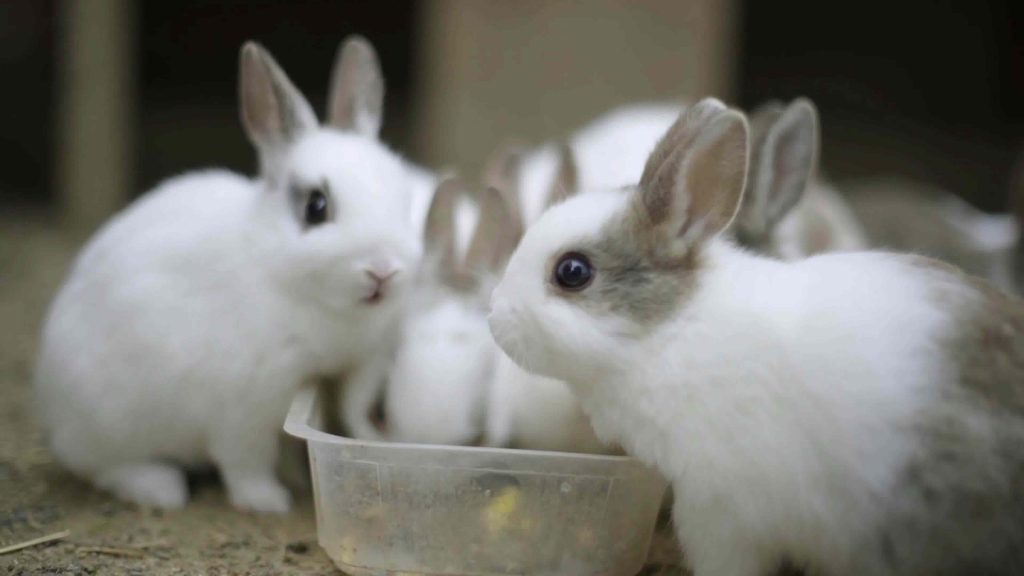Rabbit Escherichia coli is an enteric disease with explosive high mortality. Affected rabbits often have watery or jelly-like stools and severe dehydration. Under normal circumstances, Escherichia coli will not cause disease, but when it is affected by related factors such as poor feeding conditions, improper management, sudden changes in temperature and environment, or when the body’s resistance is reduced due to certain diseases, it may lead to disease.
Rabbit Escherichia coli (details) mainly affects young rabbits aged 1-4 months, especially before and after weaning, and rarely occurs in adult rabbits. The disease may occur throughout the year, and once it becomes popular, it has a high mortality rate . The incubation period of the disease is 4-6 days, and the most acutely sick rabbits die suddenly without any symptoms. Acute patients die within 1-2 days, and chronic patients die after 7-8 days due to diarrhea, weight loss, and exhaustion. Sick rabbits have low body temperature, poor spirit, loss of appetite, distended abdomen due to gas and liquid, and severe diarrhea. The coat of the anus, hind limbs, abdomen and feet is stained with mucus and yellow watery loose stools, often with a lot of jelly-like mucus and some feces with pointed ends. The sick rabbit had cold limbs, grinding teeth, salivation, sunken eye sockets, and lost weight rapidly.
The disease is mainly in the digestive tract. The stomach is enlarged and filled with a lot of fluid and gas, there is bleeding on the gastric mucosa, the duodenum is full of gas and mucus stained with bile. The ileum, jejunum, and colon are filled with translucent jelly-like mucus in which elongated, pointed faeces are embedded with air bubbles. Intestinal mucosal congestion, hemorrhage, edema. Gallbladder dilatation, mucosal edema. Liver and heart with punctiform necrotic lesions.
However, there are currently many drugs to deal with the disease, but Escherichia coli is prone to produce drug-resistant strains. It is best to isolate bacteria from dead rabbits for drug susceptibility testing, and select effective drugs for treatment. Can be treated with antibiotics and sulfonamides. Such as: streptomycin, 0.5-10,000 units per kilogram of body weight, intramuscular injection twice a day for 3-5 days. Chloramphenicol, 50-100 mg per rabbit, intramuscularly injected twice a day for 3-5 days, orally 0.1 g per rabbit with powder, 2-3 times a day for 5 days. Ditrine powder, 15 mg/kg body weight orally, 3 times a day for 3-5 days. Sulfamidine, 0.1-0.2 grams per kilogram of body weight orally, 3 times a day for 3-5 days. You can also take 2-3 ml of garlic tincture orally, 2 times a day, for 3 days. To implement symptomatic therapy, intravenous drip or subcutaneous injection of glucose saline, or oral rehydration salts and astringent drugs to prevent dehydration, protect the intestinal mucosa, and promote healing.
To prevent the disease, it is necessary to do good feeding management and maintain environmental hygiene. Regular disinfection is carried out to reduce stress factors, especially before and after weaning, the variety and quality of feed should be stable. Drugs can be used to prevent the disease before and after weaning. Use dichloramphenicol per 10,000 or strychnine powder for 5 days.






